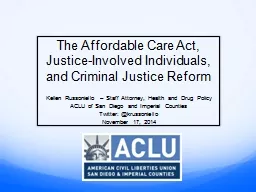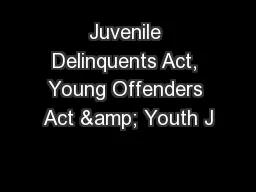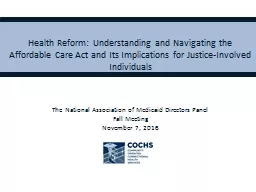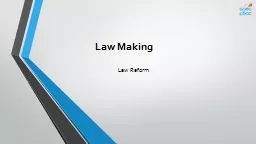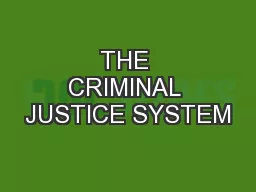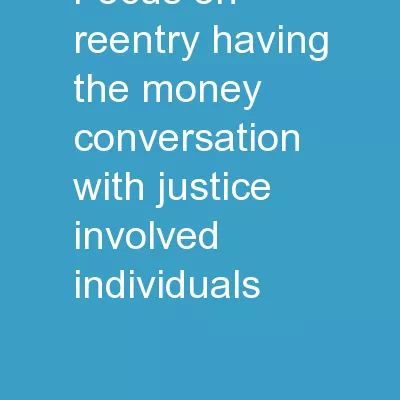PPT-The Affordable Care Act, Justice-Involved Individuals, and Criminal Justice Reform
Author : phoebe-click | Published Date : 2018-12-17
Kellen Russoniello Staff Attorney Health and Drug Policy ACLU of San Diego and Imperial Counties Twitter krussoniello November 17 2014 ACLU of San Diego and
Presentation Embed Code
Download Presentation
Download Presentation The PPT/PDF document "The Affordable Care Act, Justice-Involve..." is the property of its rightful owner. Permission is granted to download and print the materials on this website for personal, non-commercial use only, and to display it on your personal computer provided you do not modify the materials and that you retain all copyright notices contained in the materials. By downloading content from our website, you accept the terms of this agreement.
The Affordable Care Act, Justice-Involved Individuals, and Criminal Justice Reform: Transcript
Download Rules Of Document
"The Affordable Care Act, Justice-Involved Individuals, and Criminal Justice Reform"The content belongs to its owner. You may download and print it for personal use, without modification, and keep all copyright notices. By downloading, you agree to these terms.
Related Documents

